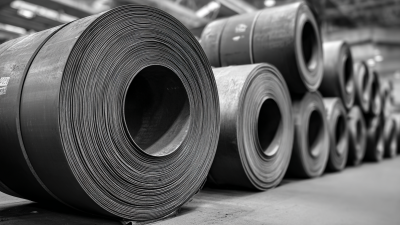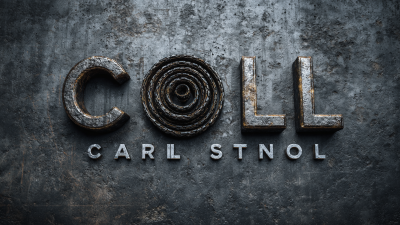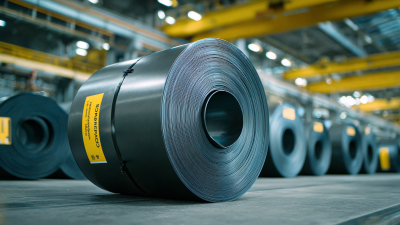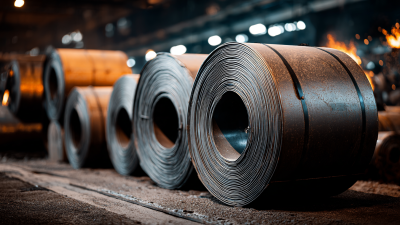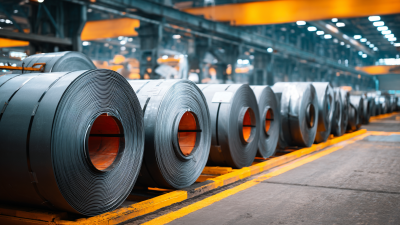When embarking on a project that requires durable and high-performance materials, one must consider the significance of selecting the right Carbon Steel Sheet Coil. According to the World Steel Association, carbon steel accounts for approximately 70% of the total steel production worldwide, showcasing its critical role in various industries such as construction, automotive, and manufacturing. Moreover, the global carbon steel coil market is projected to reach $202 billion by 2026, underscoring its widespread importance and application. Selecting the optimal carbon steel sheet coil entails understanding various factors including thickness, coating, and tensile strength, all of which can substantially influence project outcomes. As professionals in the field strive for excellence, being informed about the intricacies of carbon steel sheet coils will empower them to make decisions that enhance project success and sustainability.
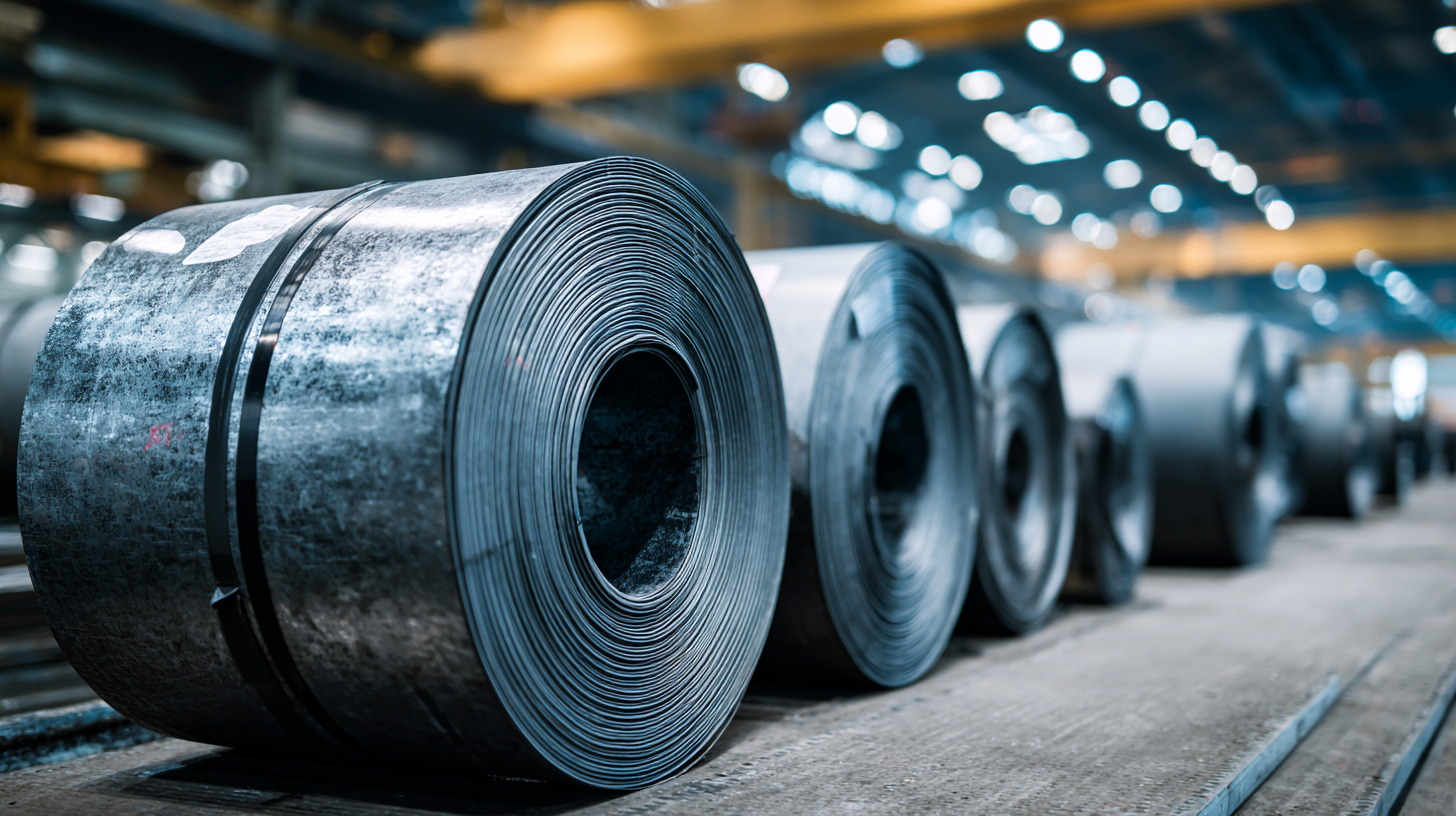
When selecting carbon steel sheet coils for your project, it’s crucial to understand their key properties and specifications. Carbon steel is favored for its strength and durability, making it an ideal choice for various applications. The composition of the carbon steel, which typically includes elements such as manganese or silicon, directly influences its performance features such as hardness, ductility, and weldability. Knowing the specific grade and how it aligns with your requirements can significantly affect the outcome of your project.
One important tip is to consider the thickness and width of the coil. Ensure it meets the demands of your fabrication processes while also optimizing material usage. Additionally, pay attention to the surface finish; a smoother finish may be necessary for parts that require painting or coating. Another key factor is the coil’s yield strength; a higher yield strength can lead to more robust final products but may require special handling in manufacturing processes. Evaluating these specifications will help you choose the carbon steel sheet coil that provides the best performance for your project.
| Property | Description | Typical Values |
|---|---|---|
| Chemical Composition | Percentage of carbon, manganese, and other alloying elements in the steel. | Carbon: 0.05% - 0.25%, Manganese: 0.3% - 0.9% |
| Thickness | Refers to the gauge or measurement of the sheet coil. | 0.2 mm - 6 mm |
| Mechanical Properties | Includes tensile strength, yield strength, and elongation. | Tensile Strength: 350 - 700 MPa |
| Surface Finish | Quality and type of surface treatment. | Hot rolled, Cold rolled, Galvanized |
| Coil Weight | Weight of the sheet coil, affecting ease of handling. | Up to 30 tons |
| Corrosion Resistance | Depends on the carbon content and surface treatment. | Moderate to low; use coatings for improved resistance. |
| Formability | Ease with which the material can be formed into desired shapes. | Good to excellent depending on treatment. |
| Weldability | Suitability of the material for welding processes. | Typically good; depends on composition. |
| Applications | Commonly used in construction, automotive, and manufacturing. | Structural components, machinery parts |
| Standards | Standards governing the production and specifications. | ASTM A1011, ASTM A36 |
When selecting a carbon steel sheet coil for your project, understanding the significance of thickness and width is crucial. According to a report by the World Steel Association, the optimal thickness for structural applications typically ranges from 1.5 mm to 3 mm, which provides a balance between strength and weight. Thicker sheets offer enhanced durability, making them suitable for high-stress applications like automotive parts and structural components. Conversely, thinner sheets are more appropriate for less demanding applications, such as consumer goods, where flexibility and ease of handling are key considerations.
Additionally, the width of the carbon steel sheet coil significantly influences manufacturing efficiency and final product quality. Industry data indicates that a width greater than 1,200 mm can lead to material waste during cutting processes, especially for smaller components. Thus, selecting the right width not only affects the fit for specific applications but also plays a vital role in cost management. Ensuring the dimensions align with project specifications helps avoid unnecessary expenses and delays, ultimately driving project success. By carefully assessing both thickness and width, manufacturers can optimize performance and resource utilization in their projects.
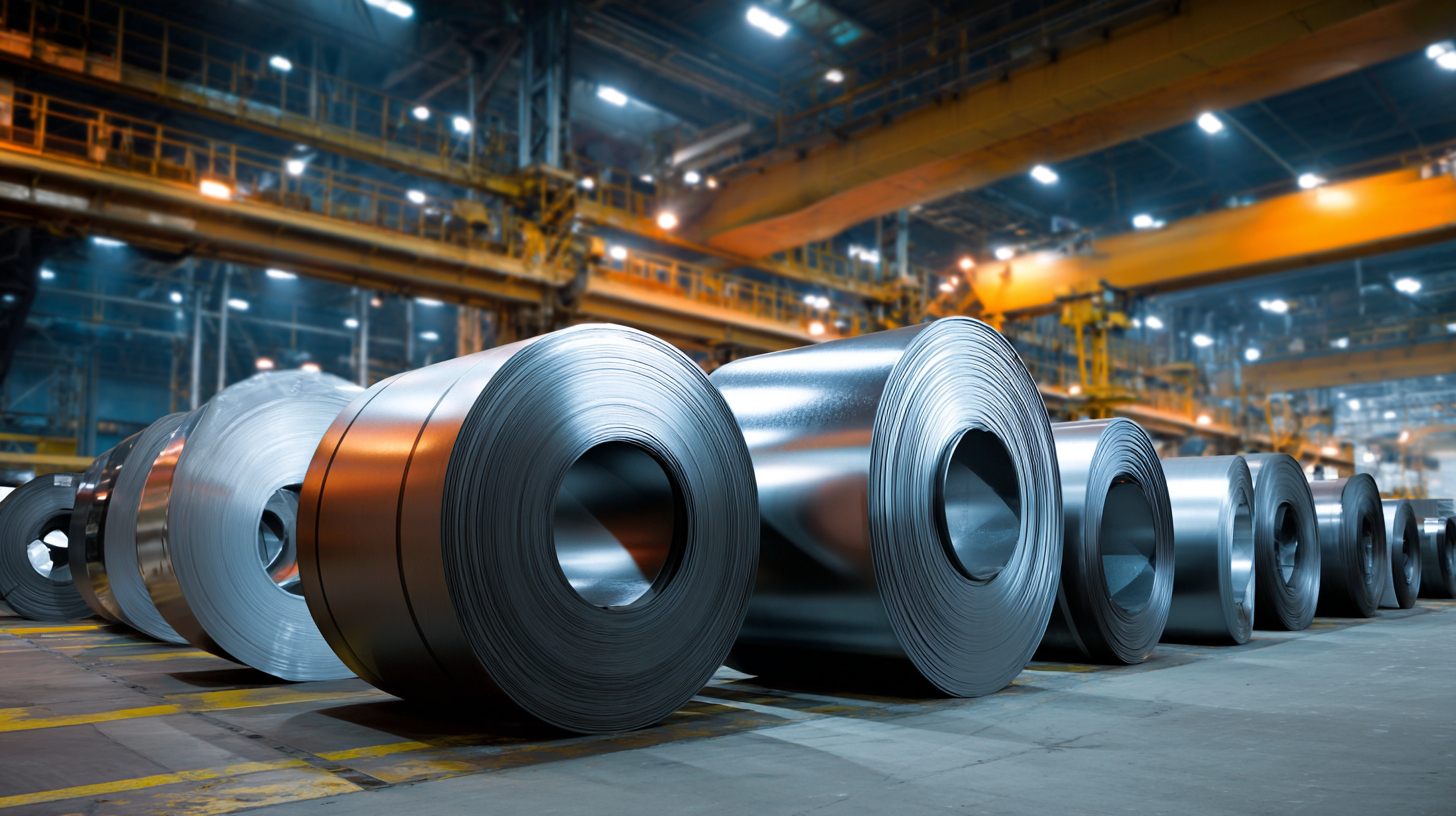
When selecting carbon steel sheet coils for various applications, one critical aspect to consider is the coating used for surface treatment. The effectiveness of a coating significantly affects both the durability and performance of the material. Recent advancements in surface treatments, such as liquid-assisted laser post-processing, enhance the bonding strength and tribological performance of coatings, making them more suitable for demanding environments. This technique not only reduces surface droplets but also introduces beneficial compressive stress, which can prolong the lifespan of the coated steel components.
Furthermore, studies indicate that coatings like WC-12Co and WC-10Co-4Cr applied via High-Velocity Oxy-Fuel (HVOF) methods can substantially improve the abrasive wear resistance of steel used in hydroturbine applications. Such enhancements in mechanical performance are crucial for maintaining structural integrity under high-stress conditions. Additionally, the efficacy of nano-coatings for dust mitigation on photovoltaic panels demonstrates the broad applicability of advanced coatings in improving operational efficiency across industries. With the right surface treatment, carbon steel sheet coils can therefore achieve greater resilience and enhanced performance, paving the way for project success.
This chart displays the durability in years of various surface treatments for carbon steel sheet coils. The choice of coating significantly influences the lifespan and performance of the material in different environments.
When selecting carbon steel sheet coils for your project, understanding the quality standards and certifications is crucial. The American Society for Testing and Materials (ASTM) provides a range of standardized specifications that help ensure the material's performance and durability. For instance, ASTM A653 is a common standard for hot-dipped galvanized steel sheets, specifying the requirements for coating thickness and mechanical properties. According to a recent report from the World Steel Association, adherence to such standards can significantly enhance the longevity and reliability of steel products in various applications, reducing long-term costs associated with maintenance and failure.
Additionally, certifications from organizations like the International Organization for Standardization (ISO) are paramount when sourcing carbon steel sheet coils. ISO 9001 certification indicates that a manufacturer adheres to rigorous quality management principles, ensuring consistency in production processes. A study by the Global Steel Innovations Forum reveals that companies utilizing certified materials witness up to a 30% reduction in project delays due to material deficiencies. Thus, verifying the quality standards and certifications of carbon steel sheet coils not only impacts the immediate success of your project but also contributes to sustainable business practices in the long run.
When selecting carbon steel sheet coils, it's crucial to evaluate both price and quality to achieve cost-effectiveness. Begin by calculating the total cost of ownership, which includes not just the purchase price, but also any additional expenses related to processing and potential future maintenance. A lower upfront cost may lead to higher long-term expenses if the material is of poor quality. Assessing durability and performance characteristics will provide insights into whether the investment justifies the price.
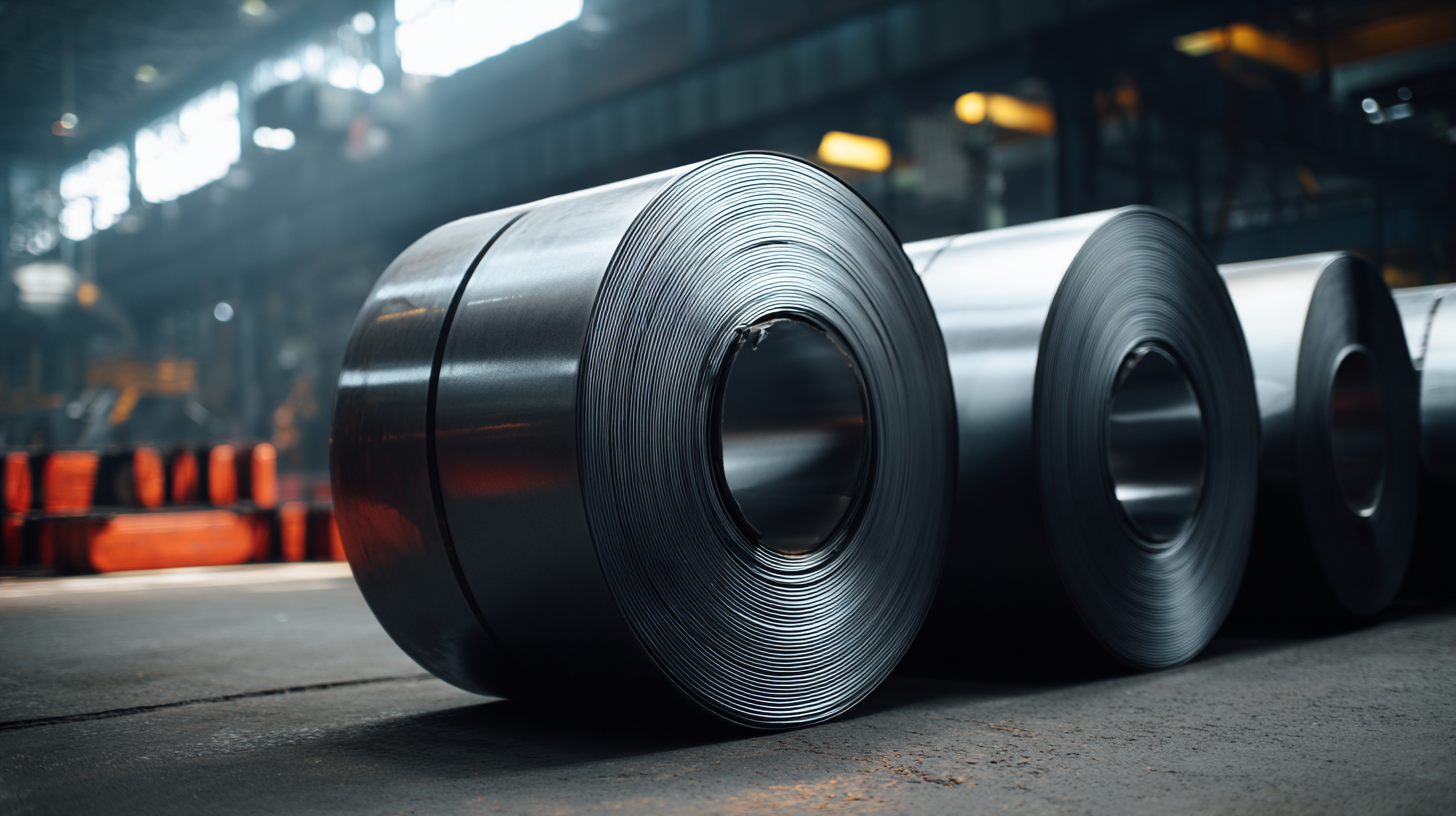
To guide your selection process, consider the following tips:
